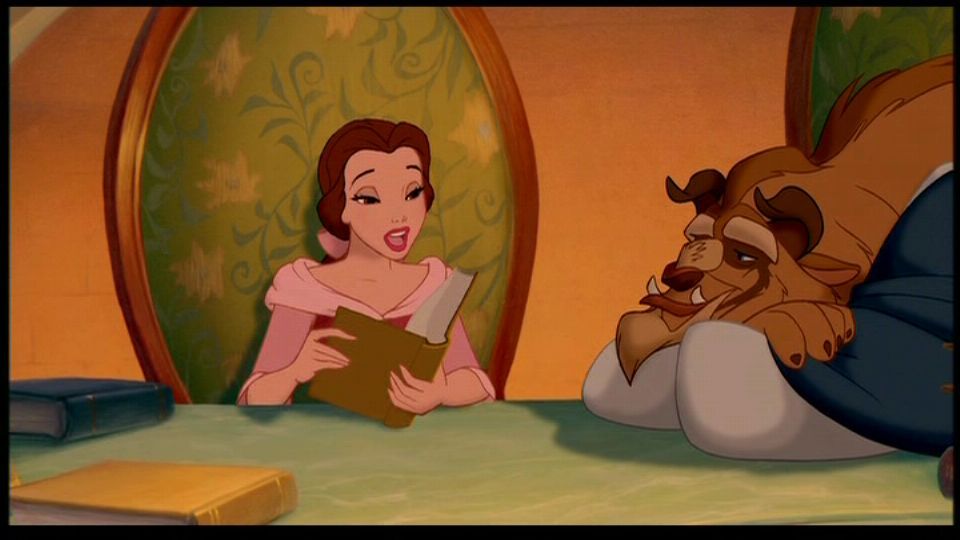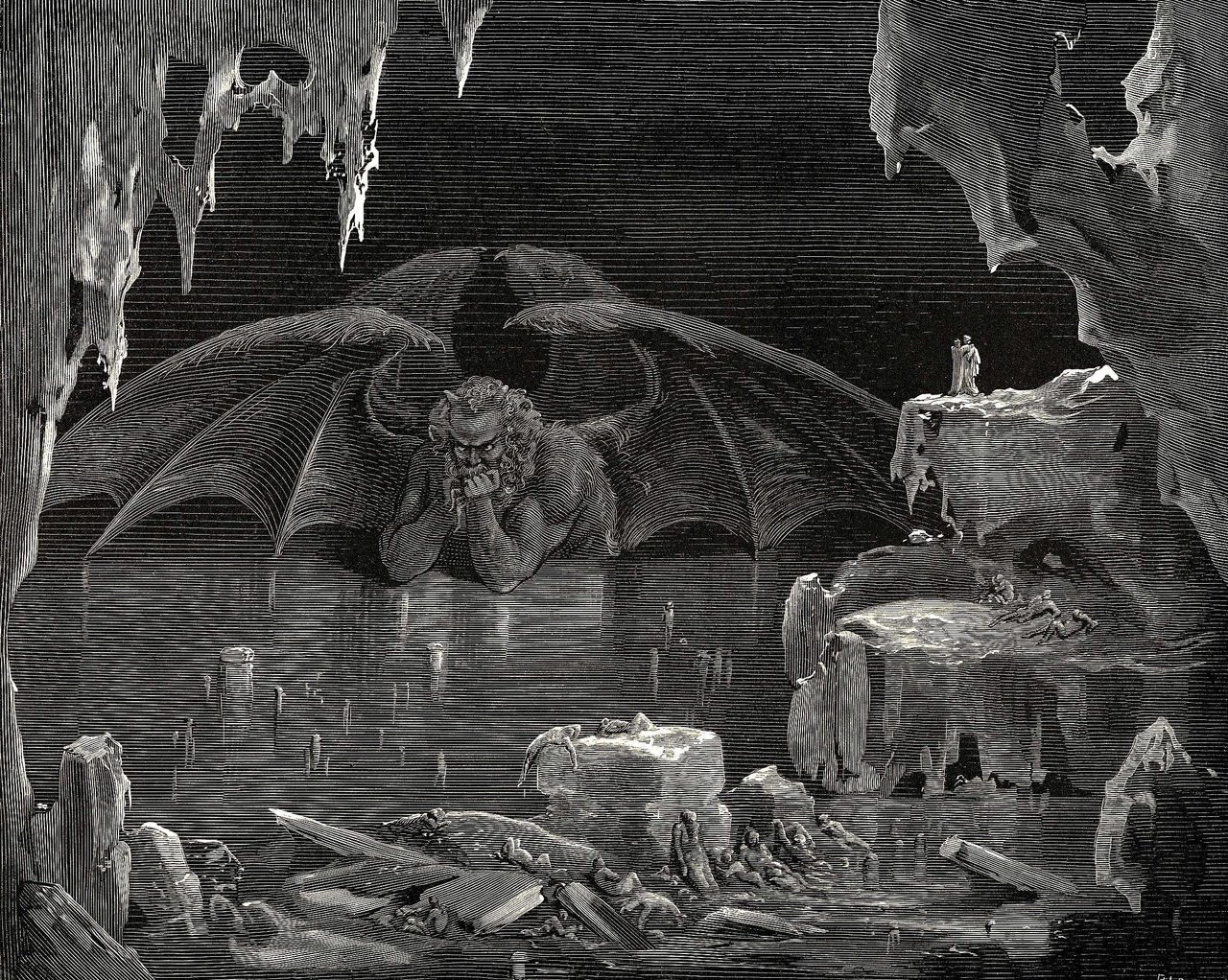There was already a post about this topic, but the show is a favorite of mine so I decided to also blog about it. Full Metal Alchemist is an anime series that first broadcast in America in 2003. One of the major influences of the
Divine Comedy in the show is the use of sins for symbolism in the show. The followers of the main antagonist are each soul-less humans who use code names of the deadly sins to distance themselves from their humanity. There creatures are Lust, Gluttony, Envy, Wrath, Greed, Sloth, and Pride. I thought the order of their appearance in the show as important due to the similarity to the order of the circles of Hell in Dante's
Inferno. Even more obvious of a connection is the fact that the main antagonist, and leader of the "sins" is named Dante.
Dante the pilgram is on the journey through the afterlife fr the sole purpose of find his way back to the righteous path. However the creators of this series seems be immensely corrupt. Dante the woman in fact commits each of the Seven Deadly Sins in her
appearances:
"Pride: she has an air of superiority and speaks
condescendingly whenever she is surrounded by the Homunculi and sees all those
around her as inferior to herself. She feels the thousands of lives lost to the
Philosopher's Stone are inconsequential because she was "worth it."
Envy: she showed hints of jealousy when Hohenheim refused her
advances saying that Trisha was the only person he loved. Being the first
Homunculus and sin created, it's possible that envy was the basis of which
other events transpired.
Wrath: she was was quick to punish anyone who failed her or
dared interefere—even former lover Hohenheim and her homuculi servants.
Sloth: despite being a very powerful Alchemist, she prefers to
use other alchemists to forge the Stone for her and tasks the Homunculi with
all the footwork. Also, like the Homunculus it was named after, she maintained
a cold demeanour and was aloof to the world and its inhabitants (ironically,
she claims to have committed her deeds to help humans from destroying
themselves with the stone).
Greed: her plans to gain the Philosopher Stone are out of a
selfish act of having her life extended.
Lust: the act of having her soul transferred to other bodies
violates her victims. She also takes care in selecting more lascivious bodies
to steal (perhaps suggestive of her vanity). Later, while meeting Hohenheim,
she licks her own arm, states she hasn't tested out her new body (Lyra's body),
suggesting they sleep together. She also makes mention of her plan to take over
Rose's body and use it to seduce Edward and "be loved by the son of
Hohenheim."
Her desire to have her life extended represents the sin of
Gluttony: the sin of having more to the point of waste.
The series has implied that the transgression of Gluttony is
Dante's most grievous offense. When she tells Edward that she is no longer
human, the Homunculus Gluttony bursts into the room to carry out a scene that
reveals him to be more human than she. When she later takes away Gluttony's
mind (his last measure of humanity), she serves to transform him into the
physical manifestation of her own monstrosity and is ultimately consumed by
him. "(http://fma.wikia.com/wiki/Dante)
It is this distortion of such a religious and moral story that interested me in the connection between the two. The background for the society they live in is based on alchemy becoming the prominent science in stead of physics and mechanics. Alchemy which is condemned as worthy of hell is praised in this show as the most profitably and well regarded profession. For entertainment purposes I think that this show is an excellent example of what can be done with the work in our modern time.
Dante the FMA character
Main Character: Edward Elric


 Thank you Disney. I like when you utilize intelligent people for the creation of Children's movies. If I ever decide to contribute to the population of the Earth, I will trust them to some of your movies.
Thank you Disney. I like when you utilize intelligent people for the creation of Children's movies. If I ever decide to contribute to the population of the Earth, I will trust them to some of your movies. 














